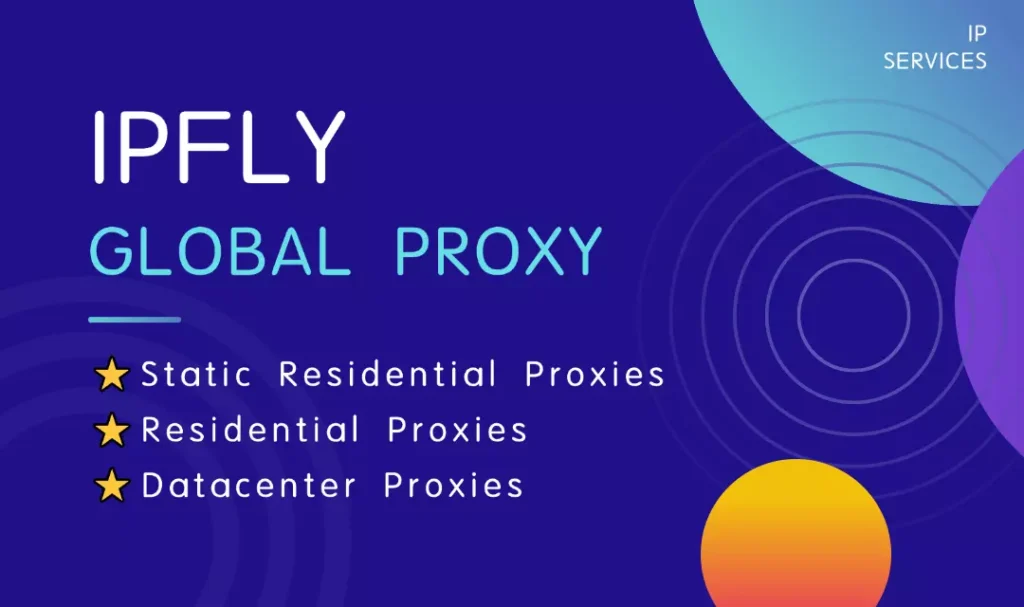Disclaimer: This article is an educational tutorial about the history and technology of peer-to-peer file-sharing networks. While the technology discussed is legal, using it to distribute copyrighted material without permission is illegal. We do not endorse copyright infringement and strongly encourage readers to use legal and safe sources for their content.

In the vast and ever-evolving history of the internet, certain websites become digital legends, synonymous with an entire era. For a significant period, one of the largest and most recognized names in the world of file sharing was ExtraTorrents. If you’re searching for this site today, you are looking for a ghost—a relic from a past chapter of the internet.
This popular science tutorial will serve as a digital archaeology lesson. We’ll explore what ExtraTorrents was, explain the fascinating science of the decentralized network it helped coordinate, and most importantly, discuss the critical security risks of the digital impostors that have since taken its place.
The Vanished Library – The Role of an Indexer
Before diving into the science, let’s establish the central fact: The official ExtraTorrents website vanished from the internet several years ago. It was permanently shut down during a period of major international crackdowns on large file-sharing hubs.
To understand its role, let’s use an analogy. Imagine a global, decentralized library where books (digital files) are not stored in one building but as individual pages on the computers of millions of people (“peers”).
ExtraTorrents did not hold any of the books. Instead, it was the library’s master card catalog. It was a massive search engine that hosted the “catalog cards”—the .torrent files and magnet links—that told your computer how to find the right people to start assembling the book you wanted. When the site disappeared, this massive catalog vanished with it.
The Science of Decentralized Sharing
The technology that ExtraTorrents organized is the BitTorrent protocol, a brilliant scientific solution for distributing large files efficiently.
The Swarm: Instead of a one-to-one download from a server, users connect to each other in a “swarm.”
Collaborative Sharing: A file is broken into thousands of tiny pieces. As your computer downloads the pieces it needs, it simultaneously uploads the pieces it already has to others in the swarm. This turns every user into a mini-server, making the network incredibly fast and resilient.
A key part of this science is the “catalog card” itself. A .torrent file is a small file that contains metadata about the larger file and the address of a “tracker” that helps coordinate the swarm. A magnet link is a more modern evolution—a hyperlink that contains a unique hash code. This code acts like a universal barcode for the file, allowing your client to find peers directly without always needing a central tracker.
The Danger of Digital Ghosts – Unofficial Clone Sites
Because the “ExtraTorrents” name is so recognizable, its demise created a vacuum that malicious actors rushed to fill. Today, any site claiming to be the new ExtraTorrents is an unofficial and potentially dangerous clone. These digital ghosts are risky for several reasons:
Malware Payloads: They are notorious for bundling viruses, spyware, or even ransomware with files.
Phishing Traps: Many are designed to look like the original site to trick users into entering login credentials or other sensitive information.
Cryptojacking: Some of these sites run scripts that secretly use your computer’s processing power to mine cryptocurrency for the site’s owners, slowing down your machine and using your electricity.
The Unchanging Law of P2P – Your IP Address is Public
A fundamental scientific principle of the BitTorrent protocol is its transparency. For the system to work, the IP addresses (your computer’s unique address on the internet) of all participants in a swarm must be visible to each other. You can often see this for yourself in the “Peers” tab of any torrent client, which lists the IP addresses of everyone you’re connected to.
This creates a significant privacy risk. For individuals concerned about this level of exposure, managing one’s digital identity is crucial. The science of protecting oneself on any public network, including P2P, often involves masking your real IP address. A professional service like IPFLY, for example, can route a user’s internet traffic through a secure server with a different, residential IP address. This acts as a privacy shield, ensuring the user’s personal IP address isn’t exposed. This principle of using a trusted intermediary is a cornerstone of modern digital privacy.
Heads up! The IPFLY Telegram community just dropped a “2025 Anti-Crawl Proxy Guide”—only for new joiners! First visit IPFLY.net to check services, then join the group to grab it—spots fill fast. If you want to save time, act now!

A Lesson from Internet History
ExtraTorrents is a key chapter in the history of the internet—a testament to the power of decentralized technology. But that chapter is closed. The search for it today leads not to a legendary library, but to a landscape of dangerous impostors.
The science of P22P sharing is fascinating, but it’s a technology that must be approached with caution and a strong understanding of its inherent privacy risks. The world of digital media has evolved, and the safest and best way to enjoy content is through the many legal and secure platforms available that support the creators behind it.


